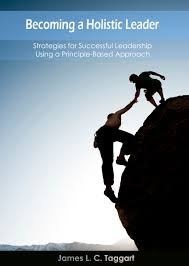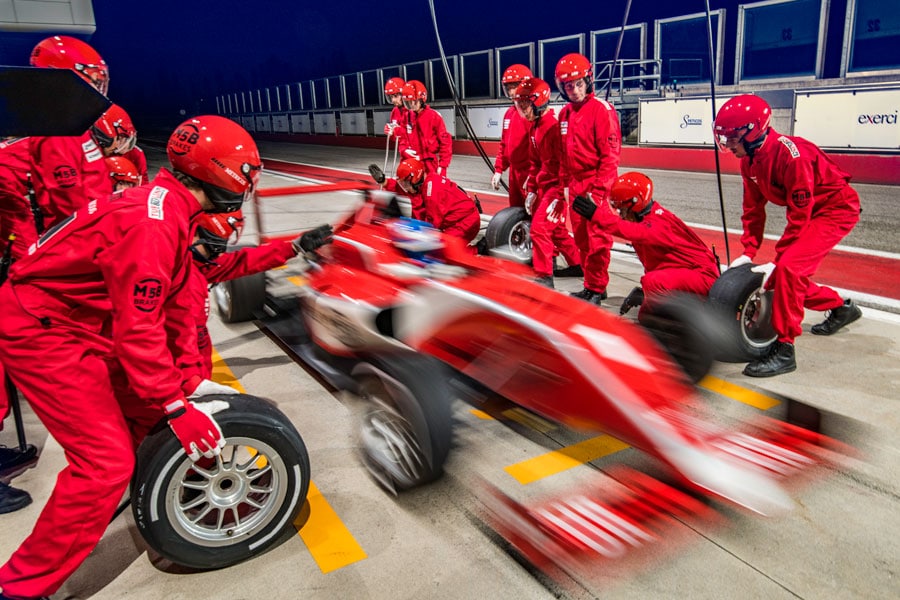Integrating Knowledge Transfer and Organizational Learning: Can You Tango? (Part Four)

Two definitions will be provided for KM and OL, concluding with a set of nine principles aimed at helping guide people forward. Here are two working definitions:
Organizational learning is the dynamic process that enables an organization to adapt readily to change. This process encompasses the generation of new knowledge, skills and behaviours, reinforced by cross-functional sharing and collaborative learning. The two principal outcomes are the creation of a learning culture and a shared future among all employees.
Knowledge transfer plays a vital role in supporting organizational learning because it facilitates the effective sharing of an organization’s collective knowledge. It is the integrated, systematic process to identify, manage and share an organization’s information assets, using the appropriate combination of information technologies and human interaction.
These assets include its databases, documents, policies and procedures. Moreover, it encompasses both the explicit and tacit knowledge possessed by employees, and uses a broad variety of methods to capture, store and share this within an organization.
The following nine principles serve as the foundation for an integrated knowledge management and organizational learning process:
1. Management demonstrates its leadership and commitment to learning and knowledge sharing by modelling the desired behaviours and by recognizing employees who share openly.
2. What people learn is not hoarded but shared openly and without reservation. Trust underlies the open sharing of knowledge.
3. Communities of practice and cross-functional networks support collaborative learning and knowledge generation, both virtually and in-person.
4. Creative problem-solving, innovation, and asking questions are highly valued, and recognized.
5. Reflection and inquiry are valued as critical elements of work processes, both at the individual and team levels.
6. Knowledge is created by people. Technology serves the organization as an enabler, not as a master.
7. Knowledge creation includes spontaneity and the emergence of self-organizing networks.
8. Experimentation (e.g., pilots) is critical to testing knowledge capture, codification and transfer methods, encompassing both quantitative and qualitative measurement processes.
9. Structure is important as part of the process, but care is needed to ensure that spontaneity, creativity and innovation are not suppressed. Take a moment to share your experiences.
Here are a few questions to help spark your reflection:
1) What methods have you found successful in encouraging information sharing with your co-workers?
2) How does your organization deal with the outgoing flow of corporate know-how when people leave?
3) How does management demonstrate its commitment to learning?
Learning enhances our capacity to increase knowledge through effective action. Peter Senge (Author of The Fifth Discipline)
_____________________________________________________________________________________________________

Visit Jim’s e-Books, Resources and Services pages.
""
Articles from Jim Taggart
View blog
In my last post we looked at The Five Levels of Teams: Where Are You on the Team Performance Curve? ...

We live in the age of instant gratification. We want it now as consumers—hence the exponential growt ...

In my last post I talked about building team performance. Today, we look at what kind of team player ...
You may be interested in these jobs
-
bookkeeper
Found in: Talent CA 2 C2 - 3 days ago
Perfect Financial Friends Corp Calgary, CanadaEducation: · Expérience: · Education · Secondary (high) school graduation certificate · Tasks · Calculate and prepare cheques for payroll · Calculate fixed assets and depreciation · Keep financial records and establish, maintain and balance various accounts using manual and com ...
-

Cashier / Customer Experience Associate
Found in: beBee S2 CA - 2 weeks ago
Walmart Canada Concord, Canada Full time· What you'll do... · Our Customer Experience associates interact with every single one of our customers, acting as the warm smile and the helping hand that we pride ourselves on being. It is up to our incredible team to present Walmart's values to everyone who walks through our ...
-

Programmeur De Pipeline, Clairage/ Pipeline Developer, Lighting
Found in: beBee S2 CA - 3 weeks ago
Scanline VFX Montreal, Canada Full timeProgrammeur(euse) de pipeline, éclairage/ Pipeline Developer, Lighting · En tant que développeur de pipelines d'éclairage 3D, vous apporterez votre connaissance approfondie des flux de travail d'éclairage multi-plans Katana et du développement d'outils pour aider à concevoir et à ...

Comments